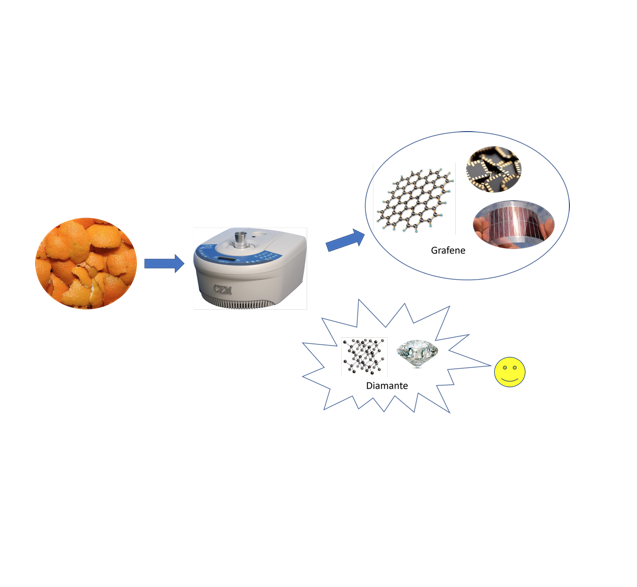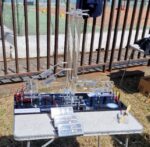Utilizzando la tecnologia delle microonde un materiale di scarto come le bucce d’arance può essere convertito in una fonte green di materiali a base di carbonio come il carbone attivo, punti quantici di carbonio e il grafene. Il grafene in particolare, nelle sue varie forme, è uno dei protagonisti della rivoluzione tecnologica degli ultimi anni riguardante i materiali. Questi allotropi del carbonio posseggono proprietà che li rendono incredibilmente utili in ambito ingegneristico, chimico, biomedicale. Sapendo che il diamante e la grafite sono entrambi allotropi del carbonio, sarebbe bello un giorno ottenere un diamante dalla buccia di un’arancia… che ne dite?
Calendar
Settembre 2025
Set 26 2025
Ricerchiamo la legalità fiscale
Università degli Studi di Messina
Set 26 2025
Dalle profondità primordiali all’oceano abissale: l’incredibile viaggio evolutivo dei pesci delle tenebre
Università degli Studi di Messina
Set 26 2025
Energia dal sole… con una foglia artificiale! Come la chimica ci aiuta a trasformare CO₂ e acqua in combustibili puliti, imitando la natura
Università degli Studi di Messina
Set 26 2025
Cuore sotto esame: sfida lo stress!
Università degli Studi di Messina
Nessun evento trovato!





